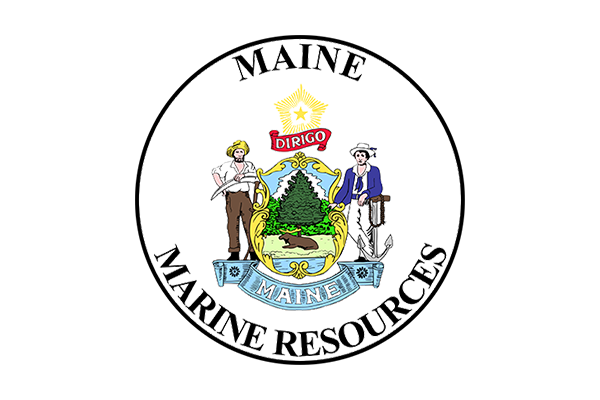Ecosystem Change Indicators for Lobster
Developing lobster ecosystem indicators to improve fishery management strategies
The Maine lobster fishery exists in a rapidly changing ecosystem, and there is a clear need to understand how these changes impact lobster biology, population dynamics, and ultimately, the Maine lobster fishery. As part of the Maine Lobster Research Collaborative, we are developing and testing a suite of ecosystem indicators that can be used to explore connections between lobster biological processes and fishery management strategies.
Project Goals:
- Develop a suite of lobster-relevant habitat and ecosystem indicators for the Gulf of Maine.
- Analyze trends and relationships between indicators over time.
- Evaluate the connection between indicators and lobster population dynamics.
- Advance the collective understanding of the lobster population and fishery in a changing Gulf of Maine.
The Gulf of Maine has been warming rapidly over the past 30 years, a trend recently punctuated by more frequent ocean heatwaves. The region also experiences high levels of seasonal and interannual variability in physical conditions such as currents and winds. Further, the predator community for lobster has changed — fishing pressure has reduced groundfish threats, but warming waters bring new lobster predators to the Gulf of Maine. These ecosystem changes influence lobster biological processes, like molting and growth, size at maturity, fecundity, larval survival, and recruitment. Ultimately, these biological processes shape lobster populations and the Maine lobster fishery.
We are developing a suite of ecosystem indicators to identify changes in the ecosystem and analyze influences on lobster biological responses and fishery direction. Indicators will include physical and biological conditions such as surface and bottom temperature, salinity, stratification, position and strength of the Maine Coastal Current, and lobster predator indices. We will analyze trends over time within indicators, but will also analyze how the indicators relate to lobster population dynamics and fishery characteristics. We work through the Maine’s Lobster Research Collaborative to ensure insights from this project contribute to the collective understanding of lobster and the lobster fishery in a changing Gulf of Maine.
Lobster Dashboard Tools
Understanding ecosystem indicators, like lobster landings and bottom temperatures over time, can help fishery managers develop more forward-thinking management strategies.


Project Team
Project Sponsor
This project is funded by the Maine Department of Marine Resources through the Lobster Research, Education, and Development Fund.
Read Next
-
Your Favorite Stories from 2025
Take a look back at some of our most-read stories in 2025.
Perspectives
-
The Next Wave of Maine’s Blue Economy
Reflections from the 2025 Blue Economy Investment Summit, and the future of Maine's blue economy.
Perspectives
-
Demystifying the Blue Economy
The blue economy is a hot topic these days, but the meaning behind the term isn't always clear. In this blog, we break down what …
Perspectives
-
Fisheries 101
Fisheries are the backbone of our state's economy and cultural heritage, but these systems are complex, and managing them even more so. Read on for …
Perspectives




